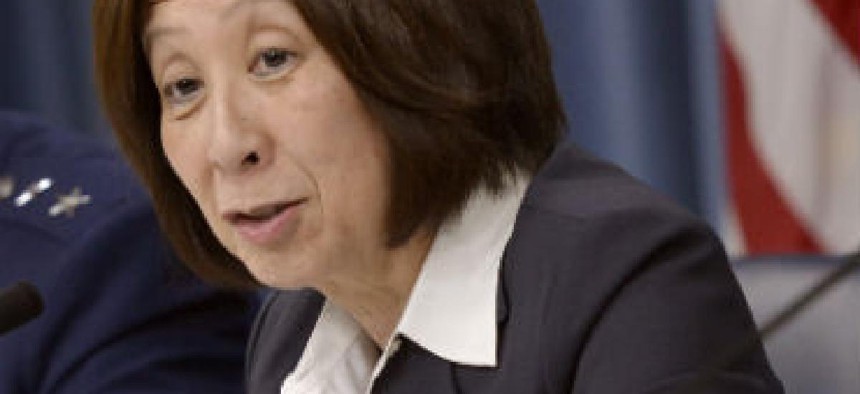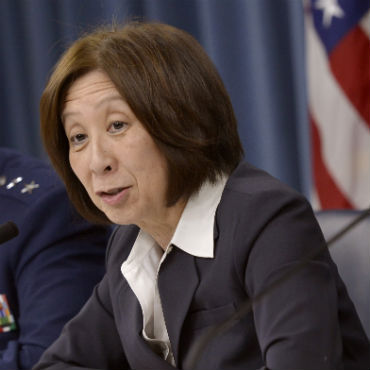Takai takes FITARA to task for oversight provisions

Defense Department CIO is concerned the legislation might collide with internal Pentagon realignment efforts.

Pentagon CIO Terri Takai fears FITARA might get in the way of Pentagon realignment efforts already under way.
The Defense Department CIO and a top federal IT accountability expert agree that while many of the goals of the Federal IT Acquisition Reform Act are laudable, some of the new oversight authorities built into the system might collide with the Pentagon's ability to run its own IT shop.
"We certainly applaud the legislation from the standpoint of intent," Teri Takai, CIO at the Defense Department, said at a Feb. 26 Senate hearing of the Senate Armed Services Subcommittee on Readiness and Management Support. "It is important to have transparency and it is important to have visibility even for us as CIOs, to better manage the overall expenditures. "Unfortunately, [the bill] looks to try to manage that by additional oversight.
Takai noted that she is already required to report to the federal CIO about some of the areas of oversight spelled out in the bill.
Additionally, Takai was concerned the bill might collide with internal Pentagon realignment efforts ordered by Defense Secretary Chuck Hagel in December 2013, which put the CIO's office squarely in charge of business systems and the implementation of the Joint Information Environment (JIE), a long-term plan to standardize network architecture across the department. "There are some areas we believe we could move forward with the intent, but do it in a little different way than the level of oversight that's suggested in the bill," she said.
Dave Powner, director of information technology management issues at the Government Accountability Office, agreed in part. Though he said the bill was "spot on" in backing data center consolidation and transition to the cloud, he noted that there were reporting mechanisms already in place to provide transparency and visibility into IT projects.
"There's a fundamental question of whether OMB is doing the appropriate oversight of those policies. We have some issues with that. I think Congress is saying, if OMB is not going to oversee it, then we're going to oversee it. The bottom line on all this: Let's make sure that we better manage IT acquisitions and have the right transparency and oversight," Powner said.
The hearing, which also included DOD officials Katrina McFarland, assistant secretary of Defense for acquisition, and Kevin Scheid, acting deputy chief management officer, was convened to examine overall IT acquisition and management.
Powner focused on the IT Dashboard reporting process, saying that none of the 93 listed Defense projects show up as high-risk on the public-facing OMB site despite cost overruns and failure to hit scheduling targets.
"In order to manage problem projects, you have to acknowledge you have a problem," Powner said.
Part of the problem is that the Defense Department manages procurement risk using a system that is in large part designed for the multi-year deployment of large weapons systems, and does not mesh well with agile IT management.
"Right now, there's difference in lexicon on how we think," McFarland said. The department is working on ways to translate its risk calculation so that it applies to IT, she said.
Takai acknowledged the challenge.
"This is an incredibly difficult situation for us in terms of being sure that we have the right categorization and that we're communicating their categorization correctly," she said, adding that the current information about the federal IT Dashboard was not all correct. The department is working on a new directive to better define the status of defense IT projects according to IT Dashboard categories.



